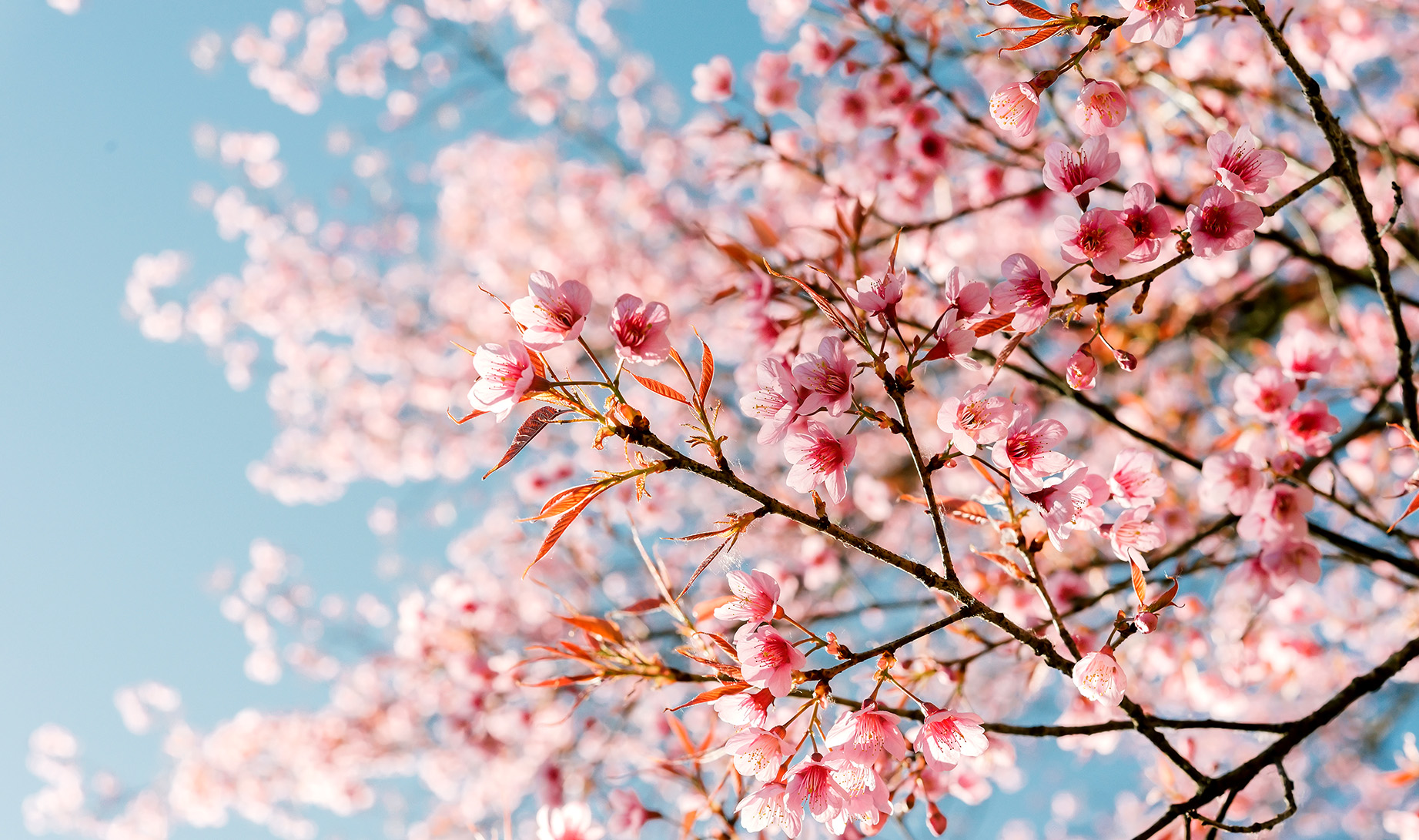When is the first day of spring?
Traditionally, “Spring Day” is celebrated on 1 September in South Africa, and that date made a certain amount of sense in the past.
In Johannesburg at least – where I have been a resident for the most part since 1998 – spring usually erupted in mid or late August and September was indeed a springy month, with gradually rising temperatures which heralded the approach of summer in October.
Some people will also point to the equinox, which takes place this year on 22 September. But using that, and the summer and winter solstices, as a measure is frankly quite silly as it means that each season – spring, summer, autumn and winter – is exactly three months.
I would propose that spring begins when the temperatures are consistently, well, spring-like.
And so, I’m making a call: it is only early August, but it is now springtime in Josi.
August is the new September.
Temperatures this past weekend were as high as 24℃ Celsius and while there is a cool morning breeze as I write this on 5 August, the seven to 14-day forecasts are hardly frosty.
The AccuWeather forecast has highs of 20℃ and above all week, with Friday peaking at 26℃. YR pegs Friday’s high at 25℃ and by 14 August the range is a low of 12℃ and a high of 29℃ – a summer’s day.
That is almost 30℃ in mid-August. Just think about that.
According to a range of meteorological sites, the average daytime high in Johannesburg in August is around 20℃, and the current forecasts for the next two weeks exceed that high on almost every day. And it’s early in the month.
My rule of thumb for the Joburg seasons is as follows.
When the overnight low is consistently 5℃ or less – meaning the daytime high is usually in the upper teens – it’s winter. When the lows are consistently between five and 10℃, with highs in the low to mid-20s, that is spring and autumn. Above that it’s summer and it doesn’t begin with the solstice in December.
If you accept that there are four seasons here, then they need to be gauged in some way.
Yes, a low of 9℃ is chilly because nine degrees Celsius is chilly. But if that means your daytime high is 23 or 24℃, then please don’t moan to me about “winter” and that’s not just because I hail from Nova Scotia, where winter is in a different league.
I am also aware that a spate of cold fronts has been hitting the Western Cape and that Cape Town temperatures are still wintry by the standards of the Mother City – but I am talking here about Joburg.
It’s also true that Joburg and Gauteng more widely are likely to experience another cold front or two, or more, between now and the end of September and perhaps even October. Such fronts will herald wintry daytime highs again – but only for a day or two.
And the gusts that are typical of August in Joburg mean the “wind-chill factor” will often subtract a couple of degrees from the temperature.
But seasons spring upon us when the temperatures consistently match what one would expect in that season, and a brief cold front or two won’t change that. And Johannesburg is currently having consistent spring temperatures.
This has been a gradual trend which I have noted in a purely anecdotal and unscientific manner over the past two-and-a-half decades. I am a keen angler and spend a lot of time outdoors, so I do notice weather trends.
I recall around 20 years ago when the daytime high reached 27 in Joburg in late September and it was like, “Wow, that’s warm!”
That was a harbinger. This has been a regular occurrence in September and even August In the past few years.
It must be said that this early onset of spring is in line with the monthly long-range forecasts of the SA Weather Service, which has been calling for above-average temperatures across most of the country for this period.
Read more: Forecast U-turn – Weather Service sees wetter-than-usual conditions over October summer rainfall
The Weather Service is still dubbing August as “winter”, but for Joburg at least the current forecasts for this month suggest that it is over.
None of this should come as a surprise.
The environmental section of Daily Maverick is called “Our Burning Planet” for a reason. What we are witnessing in Joburg is anthropogenic climate change caused by the burning of fossil fuels.
Climate change is not just an abstraction if you have been paying attention.
According to the Copernicus Climate Change Service, 22 July was Earth’s warmest day in recent history.
“On 22 July 2024, the daily global average temperature reached a new record high in the ... dataset, at 17.16°C. This exceeds the previous records of 17.09°C, set just one day before on 21 July 2024, and 17.08°C, set a year earlier on 6 July 2023,” it said.
Global monthly temperatures have also been hitting records.
“May 2024 was the warmest May on the books, marking a full year of record-high monthly temperatures, Nasa scientists found. Average global temperatures for the past 12 months hit record highs for each respective month – an unprecedented streak – according to scientists from Nasa’s Goddard Institute for Space Studies (GISS) in New York,” Nasa said in June.
Joburg’s early spring is not an outlier. It is a reflection of a global trend. And since climate change is real, it stands to reason that we need to shift our seasonal goalposts.
Come 1 September this year, there will be a lot of talk about “Spring Day” and the “first day of spring.” But such talk will frankly be hot air. DM




 (Photo: iStock)
(Photo: iStock)